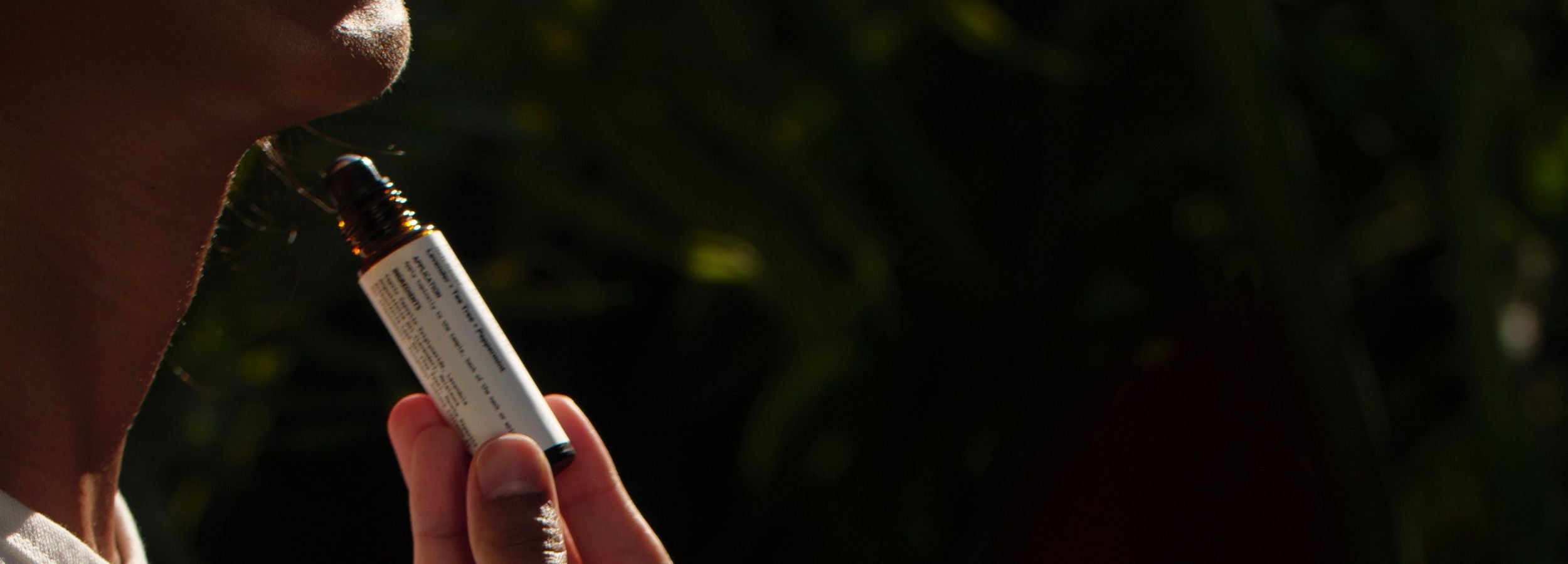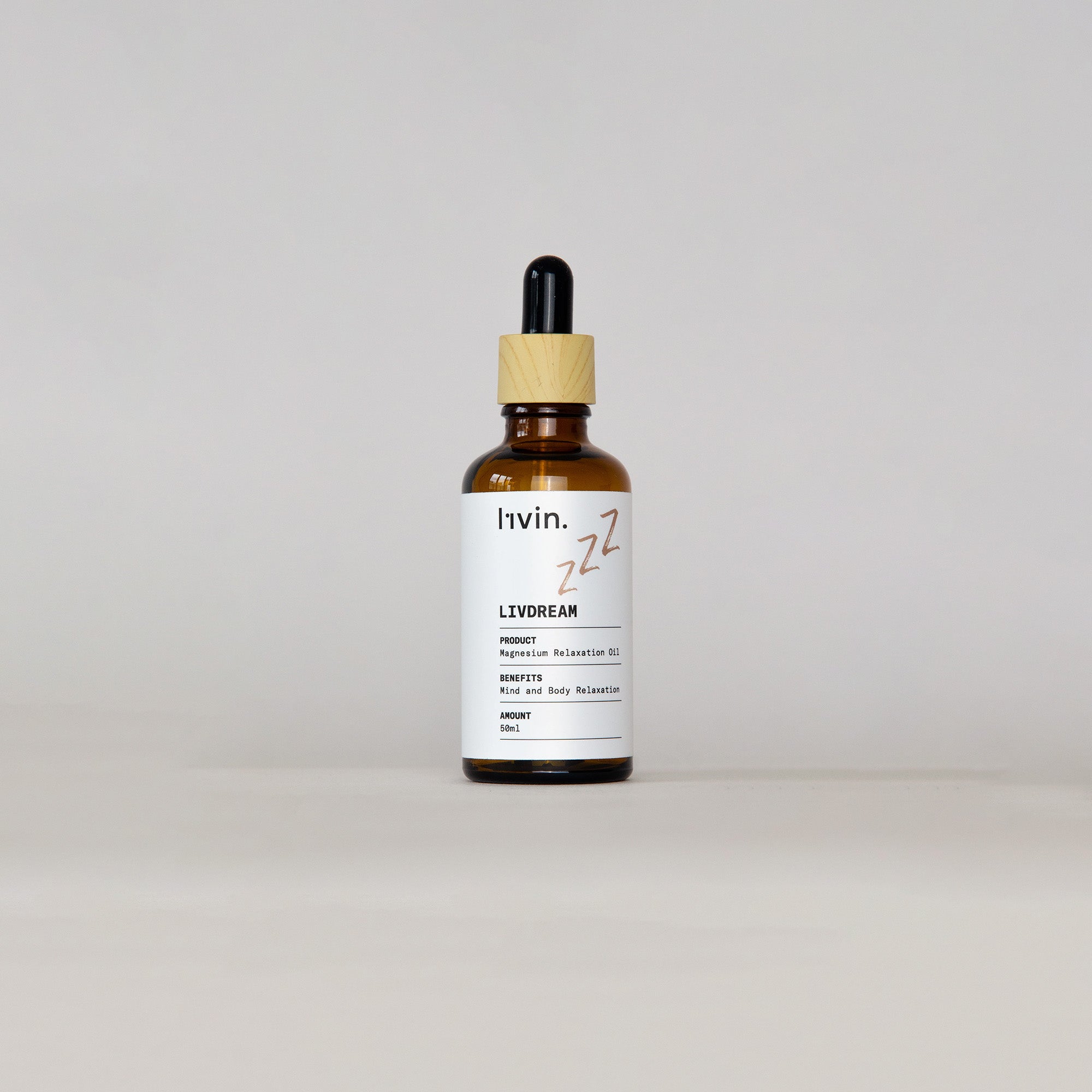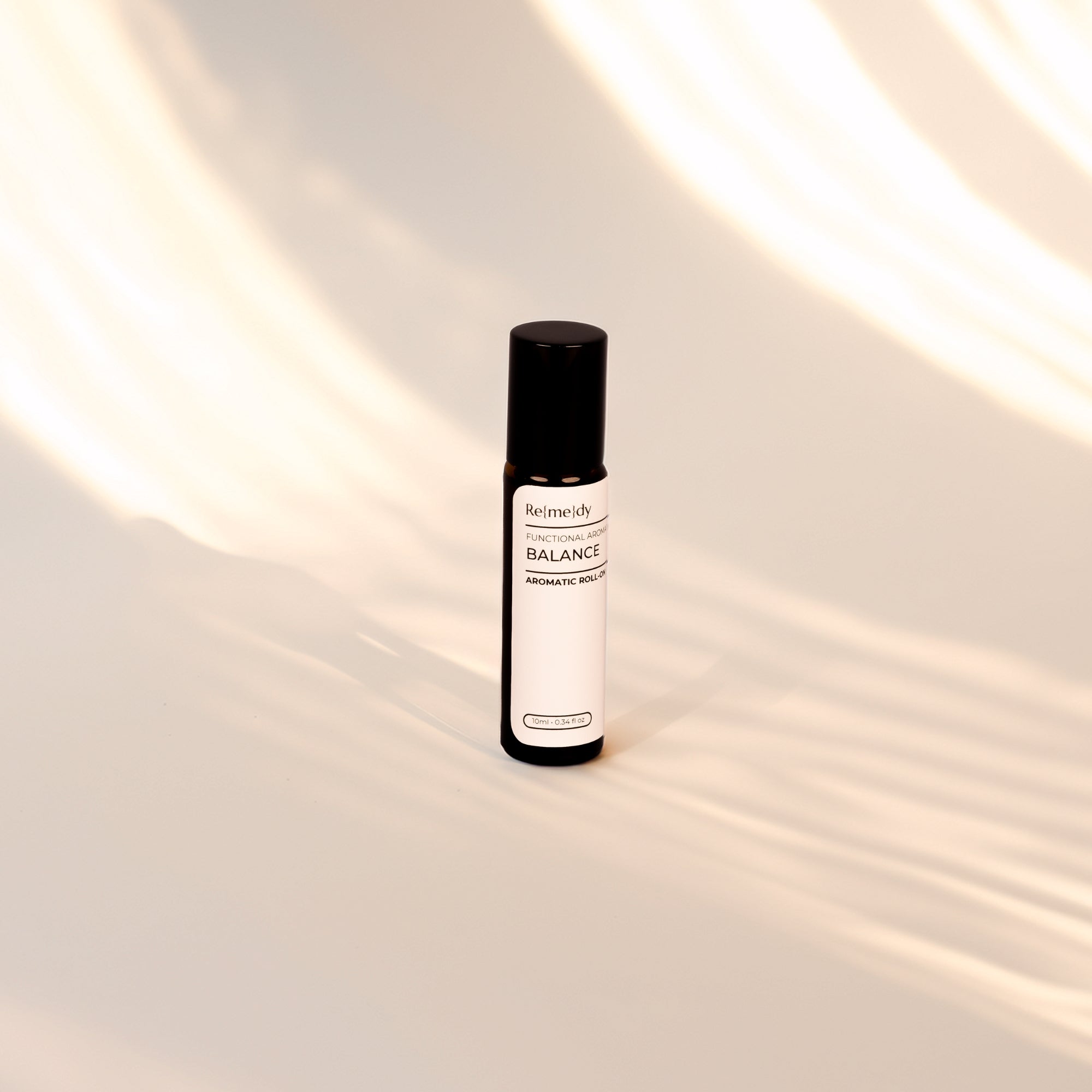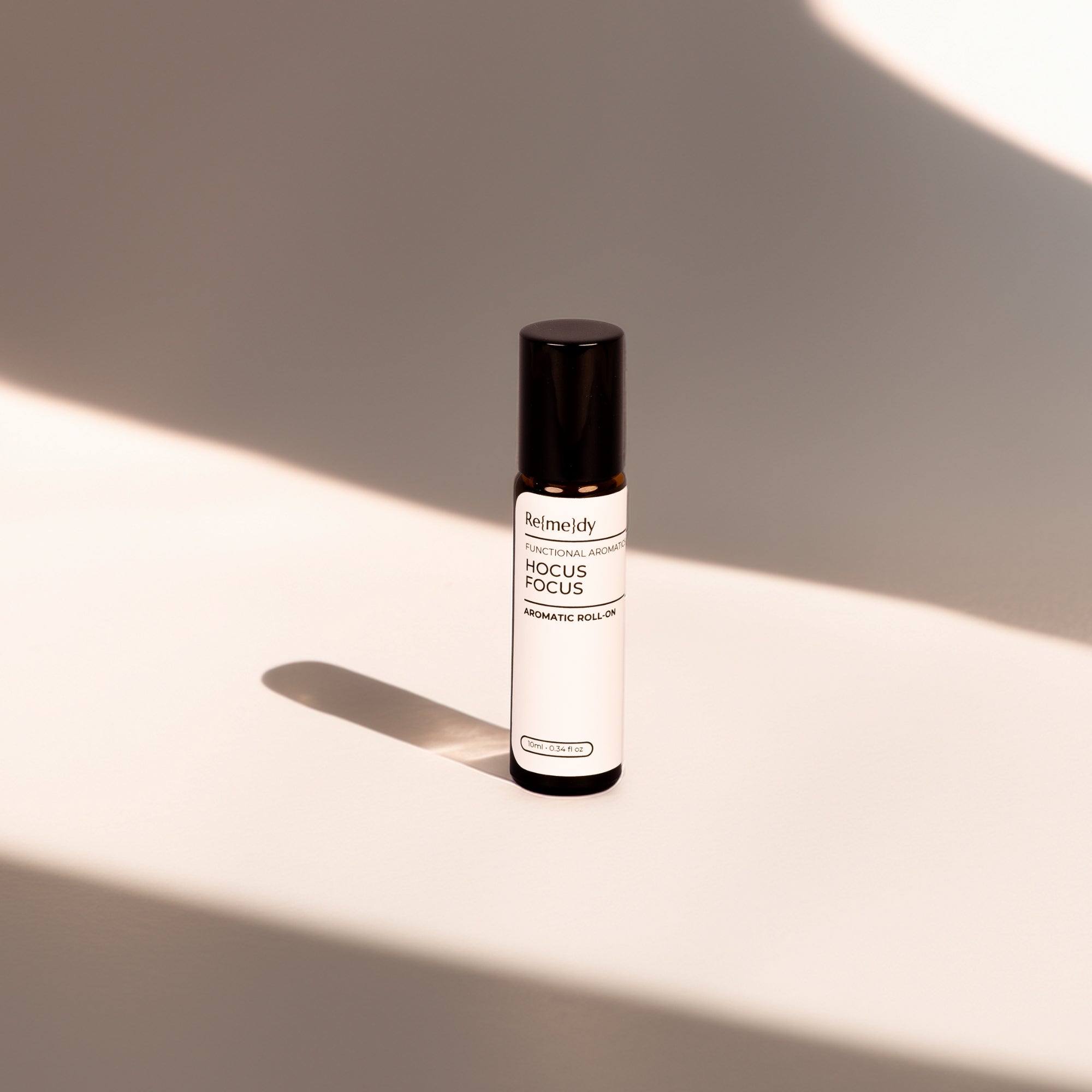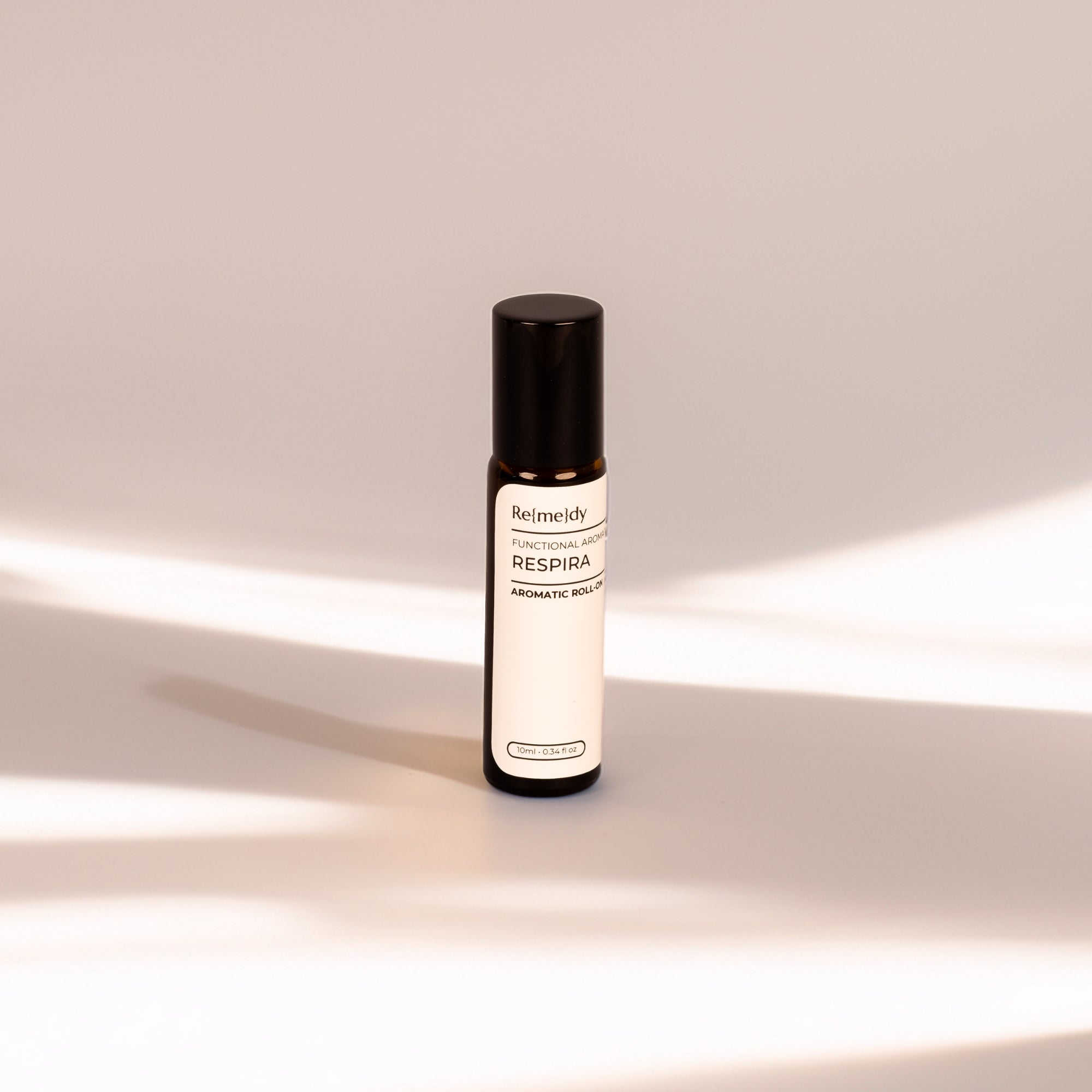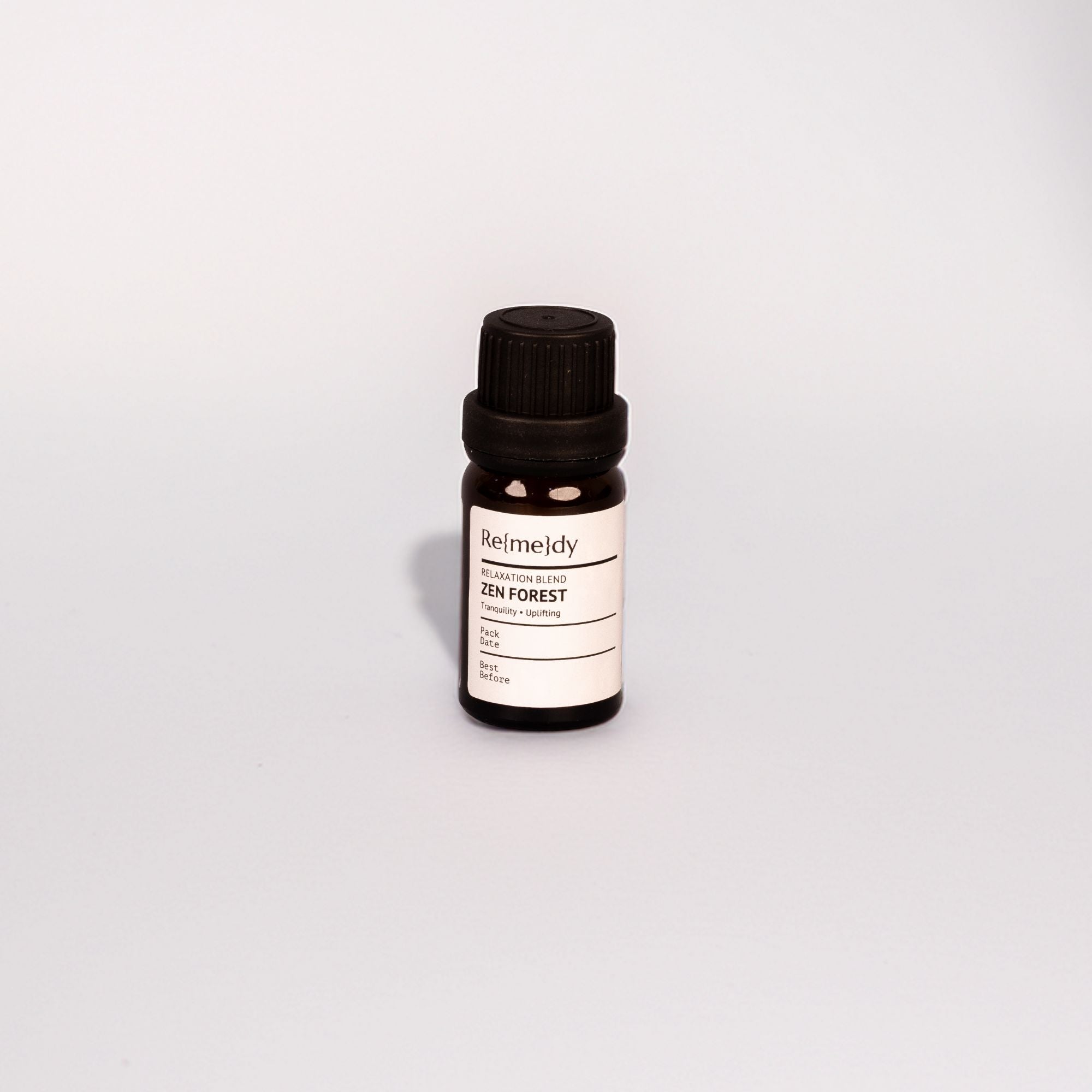Filters
Aromatherapy is an incredible way to support our mental and emotional well-being
JENNIFER ANISTON
FUNCTIONAL AROMATICS
Frequently Asked Questions
Functional Aromatics are essential oil blends formulated for specific therapeutic benefits—like helping you relax, focus, uplift your mood, or feel more grounded. They’re not made for fragrance alone, but for purpose-driven aromatherapy.
Unlike perfumes, which are crafted for scent and aesthetic balance, Functional Aromatics are formulated for their natural effects on the body and mind. For our functional blends, the focus is on how you feel, not just how you smell.
Rather than blending for a aroma balance of top, heart, and base notes, we prioritize the therapeutic properties of each essential oil to deliver targeted, functional benefits.
Yes, our blends are formulated with safety in mind using diluted essential oils suitable for regular use. However, we always recommend a patch test first and checking with your doctor if you’re pregnant, nursing, or have a medical condition.
First of all, our blends are made with natural essential oils intended for human use, we did not design it to factor in for pets.
While many oils are safe for people, some essential oils can be harmful to pets (especially cats and dogs) if inhaled in high concentrations, ingested, or applied to their skin.
Our roll-ons, reed diffusers are generally safe as they are diluted for topical use (Please do not apply on your pets). They pose minimal risk to healthy pets in your household.
Here are the oils that are known to be toxic to pets -
- Tea Tree
- Eucalyptus
- Peppermint
- Citrus Oils (e.g. lemon, lime, orange)
- Cinnamon
- Pine
- Clove
- Ylang ylang
- Wintergreen
We do not recommend our functional aromatics for pregnant ladies in general. Here are the oils to definitely avoid during pregnancy -
- Clary Sage
- Cinnamon
- Thyme
- Peppermint
- Wintergreen
- Basil
- Oregano
- Rosemary
- Fennel
- Juniper
- Sage
It is safe to use rinse-off products with essential oil blends as they are highly diluted, but try to stay away from stay-on products using essential oil blends.
You can also consult your doctor before using any essential oil products.
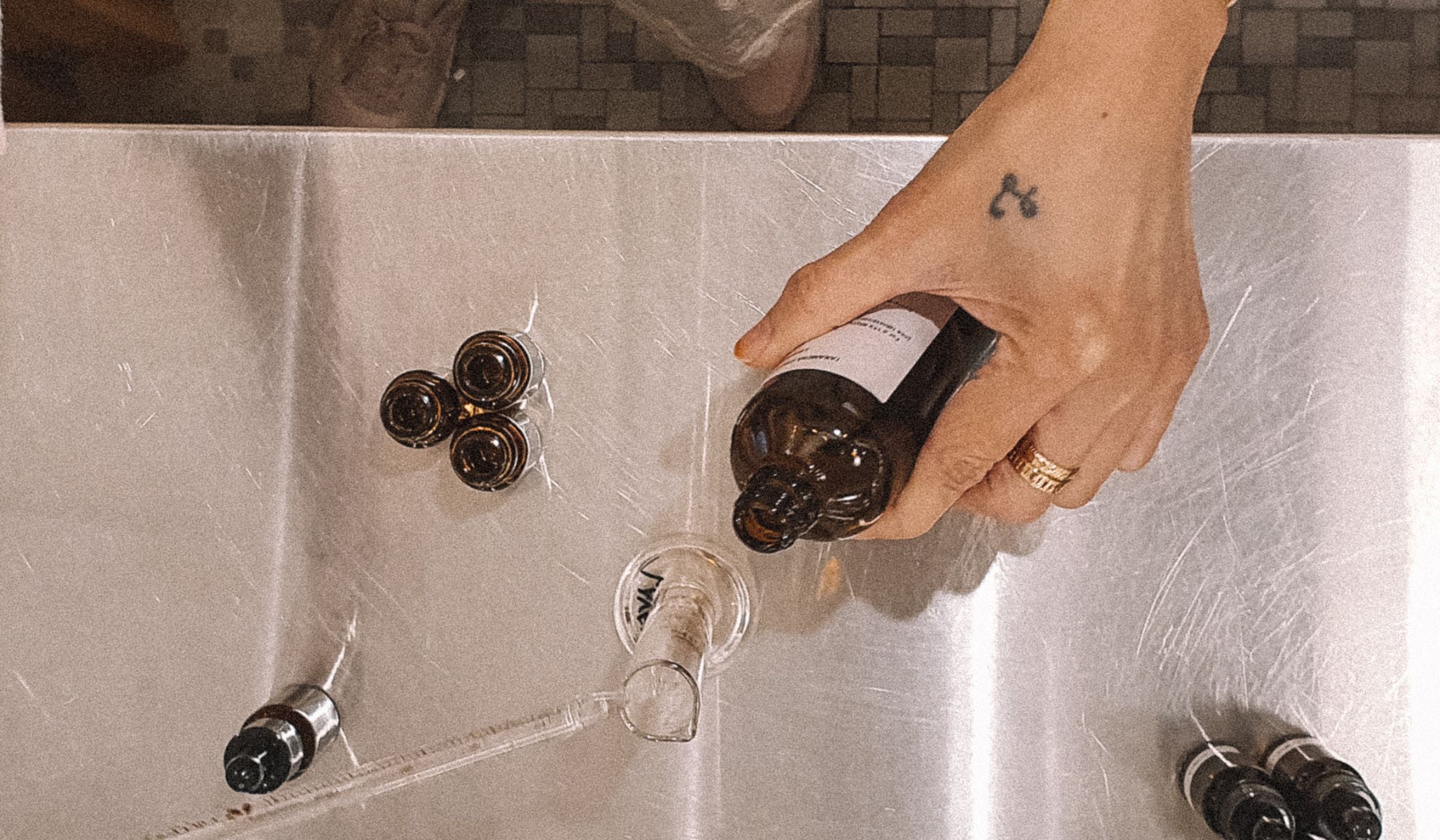
WHEN DID WE START?
We started with scents, not realizing the full potential of functional aromatics—until a long-time team member experienced perimenopausal symptoms: brain fog, sleeplessness, and hot flashes. We began formulating a blend just for her. After 3 months and over 10 iterations, Balance was born—a blend created to help her find emotional calm and support hormonal balance.
That moment marked the beginning of our Functional Aromatics journey.
Note: The team member behind Balance was so moved by the results, she pursued aromatherapy training and is now a certified aromatherapist and helps us occasionally with blend creation.
HISTORY of natural aromatics
AROMATHERAPEUTIC JOURNEY
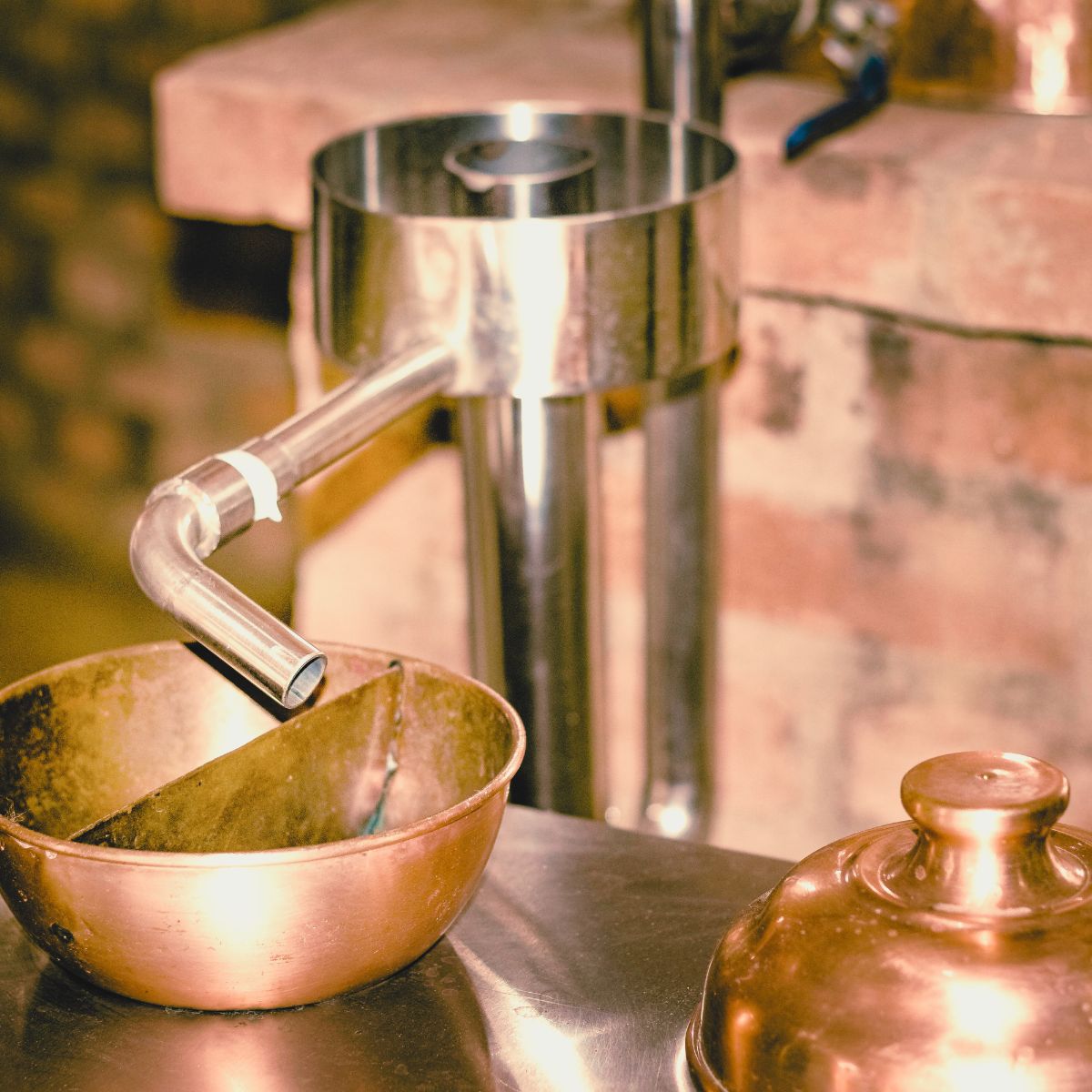
Discovery of Distillation
Persian scientist Avicenna developed steam distillation, allowing the extraction of pure essential oils
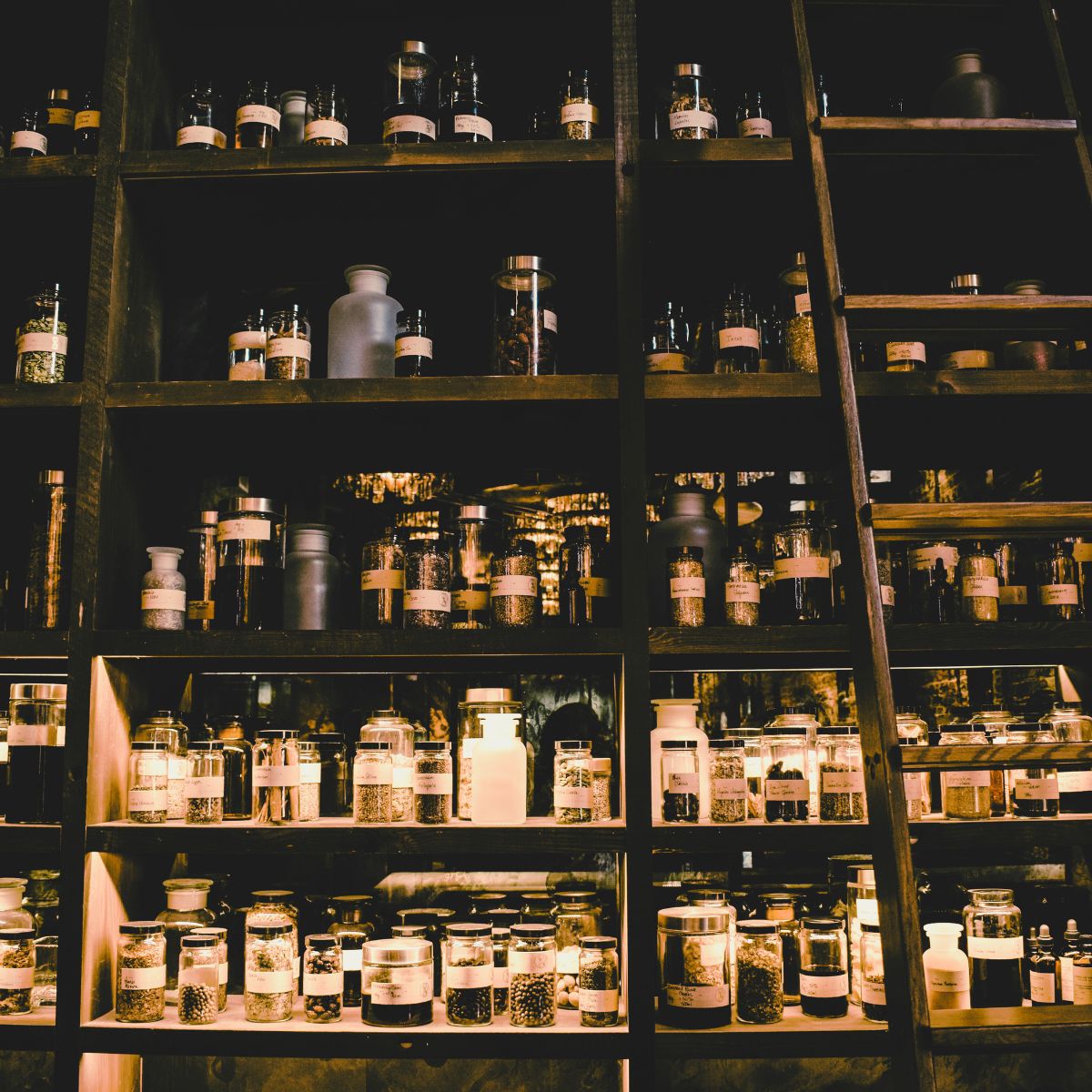
Birth of Aromatherapy
René-Maurice Gattefossé, a French chemist, coined aromathérapie after successfully using lavender oil to heal a burn. He published a book in 1937 exploring the medicinal use of essential oils.
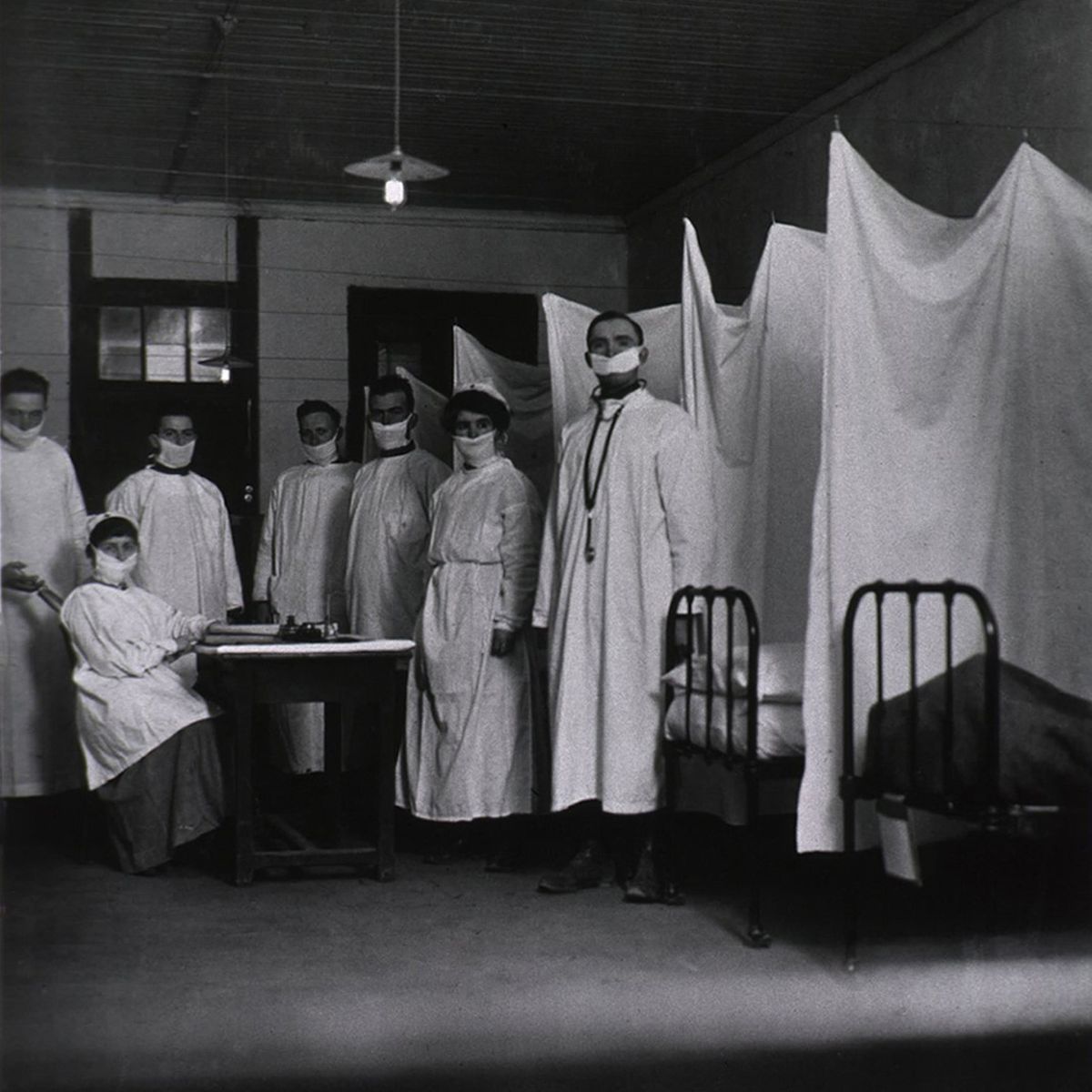
Aromatherapy in Clinical Use
Dr. Jean Valnet, a French military doctor, used essential oils to treat wounds and infections and aromatherapy is introduced into mainstream medical discussions in Europe.
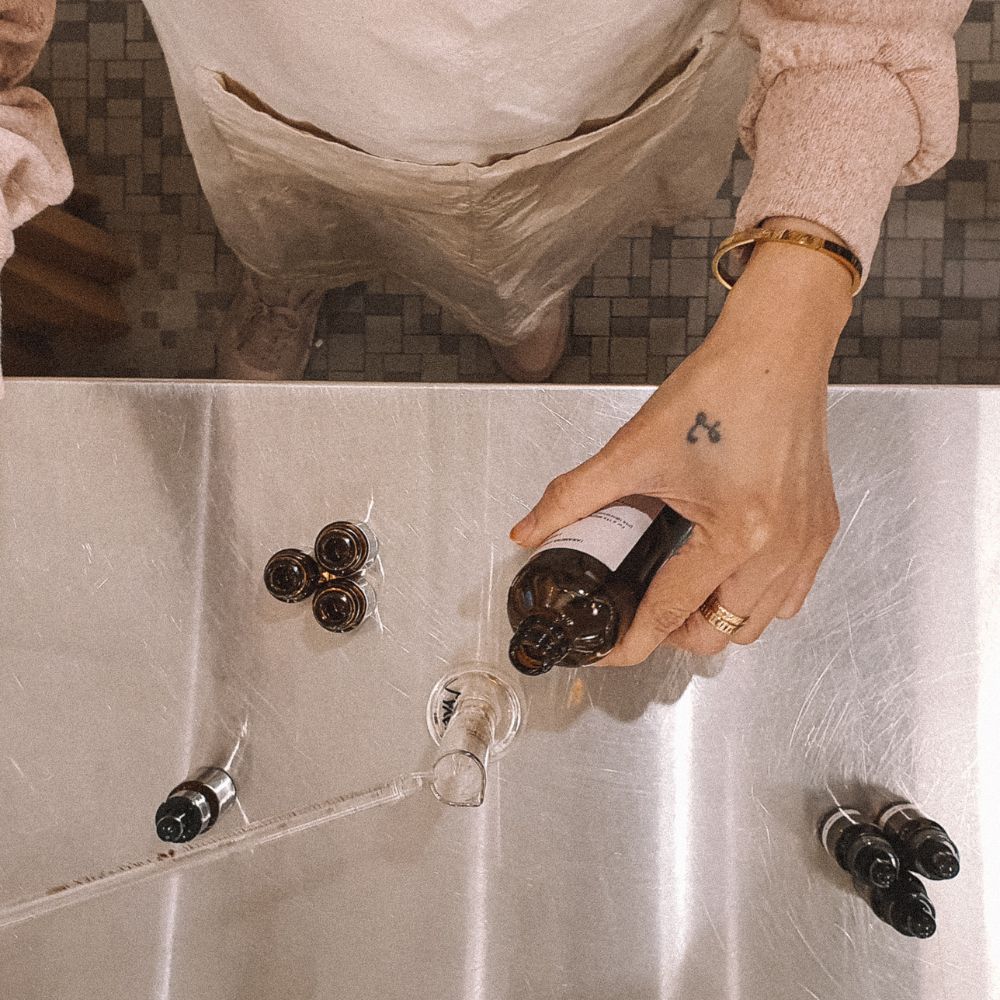
Growing Scientific Validation
Studies validated oils like lavender and peppermint had measurable effects on anxiety, sleep, and digestion.
Essential oils gained use in hospitals for stress and pain management (e.g., lavender for pre-surgery anxiety).
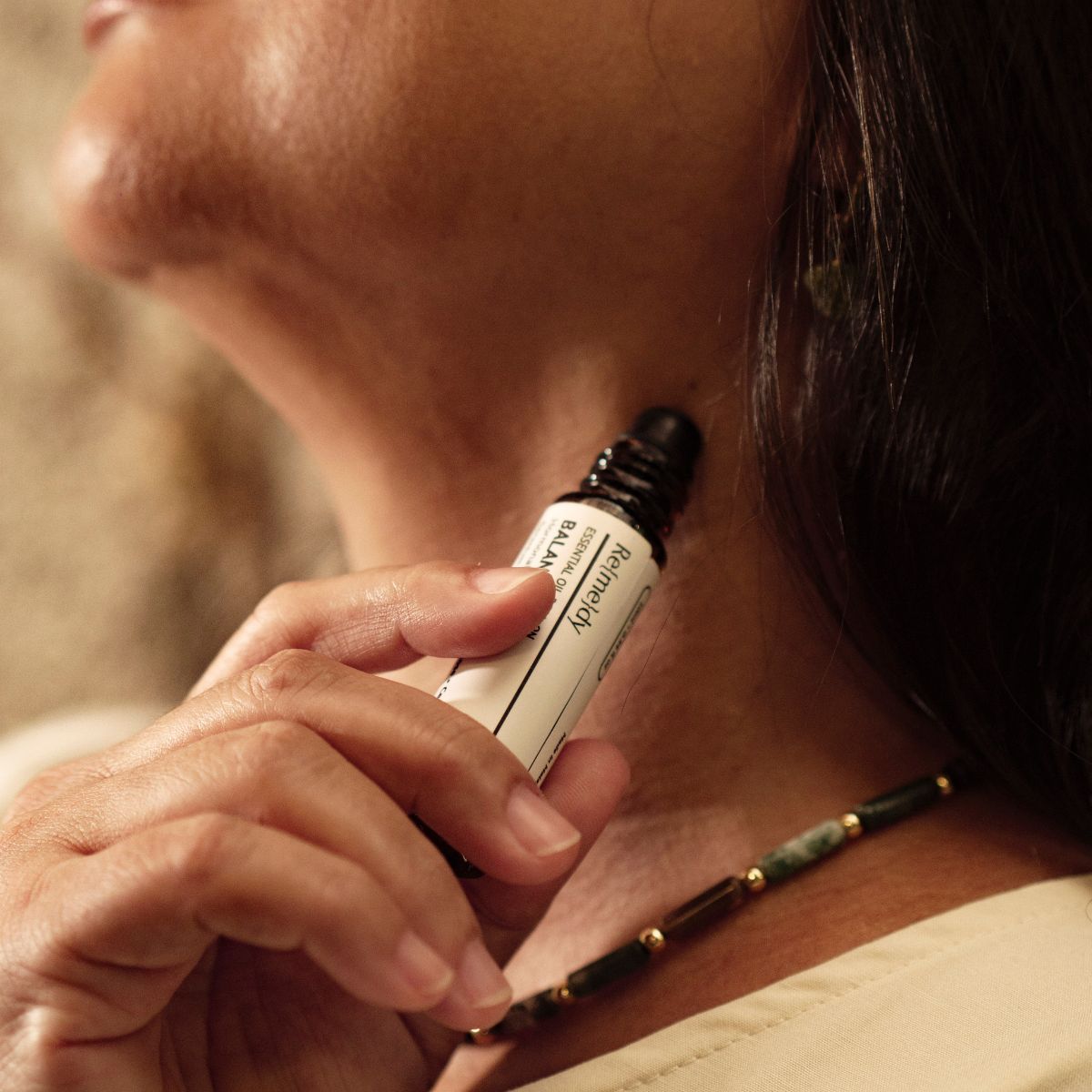
Clinical Research & Integration
Peer-reviewed studies continue to confirm benefits of oils like Lavender, Peppermint, Tea Tree.
Aromatherapy is now officially integrated in wellness clinics, palliative care, and mental health support.

